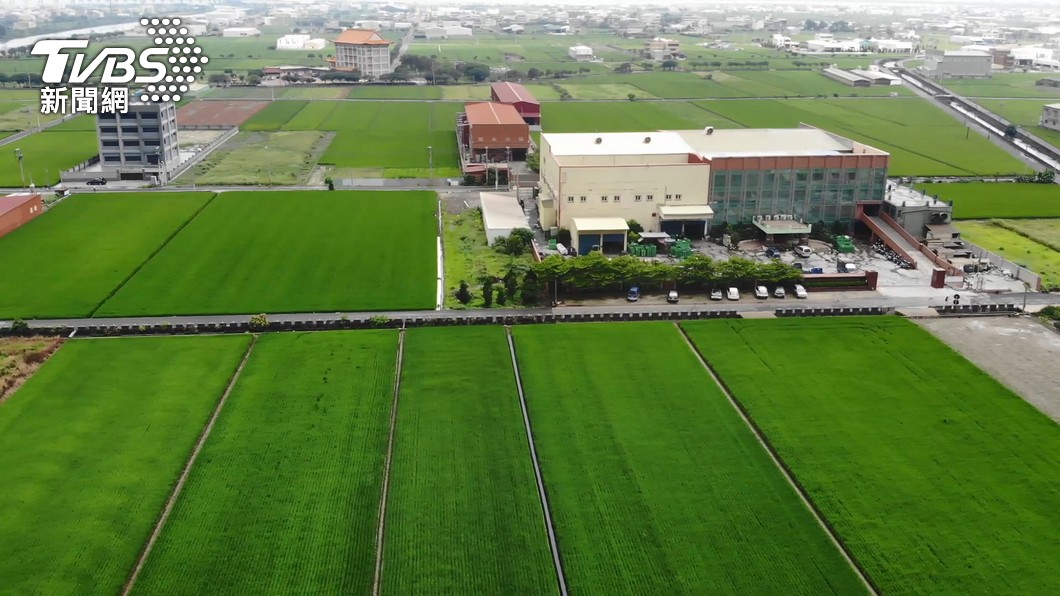TAIPEI (TVBS News) — The Ministry of Agriculture released a report on Tuesday (April 30) detailing the agricultural damage caused by late April's heavy rains, revealing losses amounting to NT$11.84 million.
The report highlighted that chives suffered the most, with damages reaching NT$8.07 million. The affected area spanned 104 hectares, with a damage extent of 29%, and 30 hectares had no harvest at all.
Impact on Various Crops
In addition to chives, the report listed melons, cantaloupes, first-season rice, and watermelons among the crops that incurred losses. Melons faced a loss of NT$2.35 million, cantaloupes NT$447,000, first-season rice NT$438,000, and watermelons NT$375,000.
The distribution of damage varied significantly across regions, with Taoyuan City bearing the brunt of the losses at NT$8.07 million, accounting for 68% of the total damage.
Kaohsiung City followed with losses of NT$3.56 million, making up 30% of the total, while Taichung City experienced the least impact, with damages of only NT$146,000, or 1% of the total losses.
Regional Disparities in Damage
The disparity in damage across regions underscores the varying impact of the heavy rains, with Taoyuan City emerging as the most affected area.
The significant losses in Taoyuan, primarily from chives, reflect the concentration of chive cultivation in the region and the vulnerability of this crop to extreme weather conditions. Kaohsiung City, with its substantial agricultural sector, also faced considerable losses, highlighting the widespread effect of the late April rains on Taiwan's agricultural landscape.
As the Ministry of Agriculture continues to assess the full impact of the weather event, the focus turns to recovery efforts and the implementation of measures to mitigate future losses.
The report serves as a crucial tool for understanding the extent of damage and for planning the necessary steps to support affected farmers and regions.
With the agricultural sector being a vital part of Taiwan's economy, the recovery from this event is paramount for the affected communities and for ensuring the resilience of the sector against future challenges.











